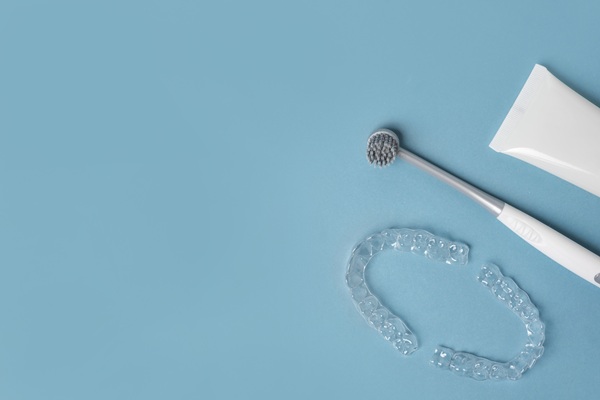 Dental bonding is a non-invasive treatment that has cosmetic and therapeutic uses. It involves applying composite resin – made with mixtures of plastic and glass – to the patient’s tooth. These composites can be shaped and molded as desired, allowing the dentist to address issues like decay or damage to a tooth. Composite resins can be matched with the color of a patient’s teeth and used to hide stains and discoloration.
Dental bonding is a non-invasive treatment that has cosmetic and therapeutic uses. It involves applying composite resin – made with mixtures of plastic and glass – to the patient’s tooth. These composites can be shaped and molded as desired, allowing the dentist to address issues like decay or damage to a tooth. Composite resins can be matched with the color of a patient’s teeth and used to hide stains and discoloration.
Important things you should know before getting dental bonding
Dental bonding is a pain-free procedure that can be completed in as little as 45 minutes for each tooth being repaired. Thinking about giving it a try? Here are some things you should go over when making a decision:
1. Composite restorations cannot be whitened
Dentists can match the color of the composite being used with the color of the patient’s real teeth, but there is no way to whiten the composite past its original color. That means patients should be happy with the color of their teeth before getting repairs with composites.
Patients who are also considering getting teeth whitening treatments should complete those and get their teeth to the desired shade of white before having any teeth restored with composite. That way, they don’t end up with composite restorations that are darker than their newly whitened teeth.
2. Composites have their limitations
Composites can be used to reshape and rebuild how a tooth looks, but they are not the best option if a person is displeased with how most of their teeth look. Veneers are a better alternative in that scenario since they can be used to alter the shape and length of the patient’s visible teeth, giving them the smile they have always wanted. Composites are better suited for restoring one or a few damaged teeth.
3. Teeth grinding damages composite repairs
People who have been diagnosed with bruxism – teeth grinding – should get a night guard from their dentist to protect their composite restoration. The condition leads to teeth being under significant bite forces during sleep, and that can lead to composites being chipped. A nightguard can be used to reduce the bite forces a person’s teeth are exposed to as they sleep due to them grinding their teeth.
4. Composite bonding is non-invasive
Getting teeth repaired with dental bonding does not leave the patient stuck with the restoration for the rest of their lives. Repairing a tooth with a composite does not require any permanent alterations being made to it, so the patient can explore other options as they please in the future. Dental technology is constantly improving, and something better is guaranteed to eventually come along.
Restorations like crowns and veneers typically require removing portions of enamel from teeth being treated. This leaves those teeth without enamel to protect them, so they will always need a restoration to serve as artificial enamel.
It only takes a visit
Dental bonding allows you to restore damaged, disfigured, or discolored teeth during a single dental visit. Give us a call or stop by our Boca Raton clinic to set up an appointment with our dentist.
Request an appointment or call Stellar Smiles at 561-225-2070 for an appointment in our Boca Raton office.
Recent Posts
Dental bonding is a great way to address oral health and cosmetic issues like damaged enamel and chipped or cracked teeth. Read on to learn more about dental bonding. Dental bonding is minimally invasive and considered safe for patients.Every patient should evaluate all available types of restorative dentistry to address their specific oral health concerns…
Dental bonding is a form of restorative treatment used to repair damaged enamel and fix cosmetic concerns such as gaps between teeth or uneven teeth. There are many benefits of dental bonding when used to repair damaged enamel, and it is safe for patients and does not harm the teeth in any way.There are certain…
Dental bonding provides patients with a non-invasive way to repair a myriad of issues that affect their teeth. The procedure can be performed for restorative or cosmetic purposes. It typically does not require the use of anesthetics or multiple visits to a dentist.Unlike crowns and veneers, which typically require shaving enamel off the tooth being…



